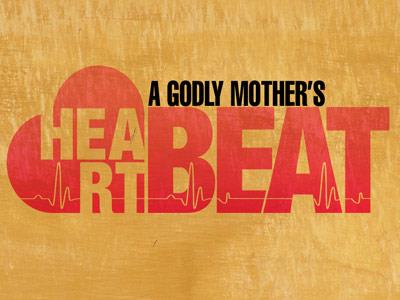-
The Ultimate Wedding Guest
Contributed by Bob Joyce on Nov 20, 2010 (message contributor)
Summary: When Jesus came to the world, the first sign He did was to turn the water into wine, signifying the joy of God's good news.
Many teachers today will use a power point presentation to give a visual picture of what they are trying to communicate. In his gospel, John uses the same technique. His purpose in writing the gospel is to prove that Jesus is the Son of God (John 20:31). To prove his point, John sets before us in the first twelve chapters of his gospel, several miracles or signs which give evidence that Jesus was indeed the Son of God. This is why John called the miracles of Jesus "signs" instead of "wonders" or "acts of power" as they are referred to in the Synoptic gospels. These miracles were signs which pointed to Jesus as the Son of God.
We are looking at the first of these signs that Jesus did. We are going to see what happened when Jesus went to a wedding.
The Occasion
The first sign took place at a wedding in Cana of Galilee. We don't know whose wedding it was. The text implies that Mary had some authority at the wedding so it could have been a close friend of the family or even a member of the family.
We don't know for sure whose wedding it was.
We do know this. A wedding was one of the most gala and joyous occasions of that day. And Jesus was there.
The first formal step of courtship was betrothal. The bridegroom would give the bride a piece of paper which legally tied the two together. But for a considerable time after that the bride would remain in her father's house. Then, on the wedding night, the bride would be led from her father's house to that of her husband in a procession. As the procession made its way down the street, many of those standing along the way would join in the parade. When the procession arrived at the new home, the bride would be presented to her husband.
A solemn prayer would be uttered. The ceremonial washing of hands would be done.
Then the party would begin. Sometimes these wedding festivals lasted for a whole week as the people ate and drank and laughed. It was the most joyous occasion in the life of the people. And the Bible says Jesus was there.
Jesus was no anemic ascetic, withdrawing from the world. He was no prune-faced, sad-eyed, recluse who was void of any humor. Luke tells us that when the Son of Man came, He came eating and drinking (Luke 7:33-34).
Jesus was a happy Christ. He was a laughing Lord. He drank of the joys of life in all its fullness, and He expects us to as well.
Those who believe in Christ, who have our sins forgiven, our worries about the future dissolved, and who have living within us One who is greater than all the powers of the world, ought to be the happiest people in the world. Jesus and joy go hand in hand.
When Moses came to the Pharaoh the first sign he did was to turn the water into blood, signifying the judgment of God (Ex. 7:20). When Jesus came to the world, the first sign He did was to turn the water into wine, signifying the joy of God's good news.
The Obstacle
However, something happened to cast a dark shadow over this otherwise joyous, gala occasion. Verse 3 says that they ran out of wine.
Wine was an essential part of the wedding feast. A shortage of wine could have been a source of extreme embarrassment to the family of the groom. In the midst of their joy, they discovered a problem.
There is a deeper meaning here for us.
Many times in the midst of our most joyous occasions, an obstacle will arise which casts a dark shadow of gloom over our lives.
The joy of marriage is often shattered by unfaithfulness.
The joy of parenthood can be shattered by a problem child.
The joy of success is sometimes shattered by a failure.
The joy of carefully laid plans can be shattered by an unexpected turn of events.
The joy of friendship is at times shattered by a misunderstanding.
How often it rains on our parades!
Life, even for the Christian, is not all fun and games that produces joy and laughter. Sometimes things happen that shatter us. There are obstacles.
The Omnipotence
Notice, next the omnipotence. That word means power, and the main point of the story is to illustrate the transforming power of Jesus in dealing with the obstacles in our lives. Verse 3 tells us that when Mary discovered the problem she immediately turned to Jesus. Verse 4 gives us the response of Jesus. He said, "Woman, what have you to do with me? My hour has not yet come." In response to this, Mary turns to the servant and says, "Do whatever Jesus tells you to do."

 Sermon Central
Sermon Central



